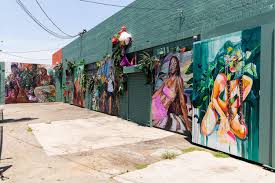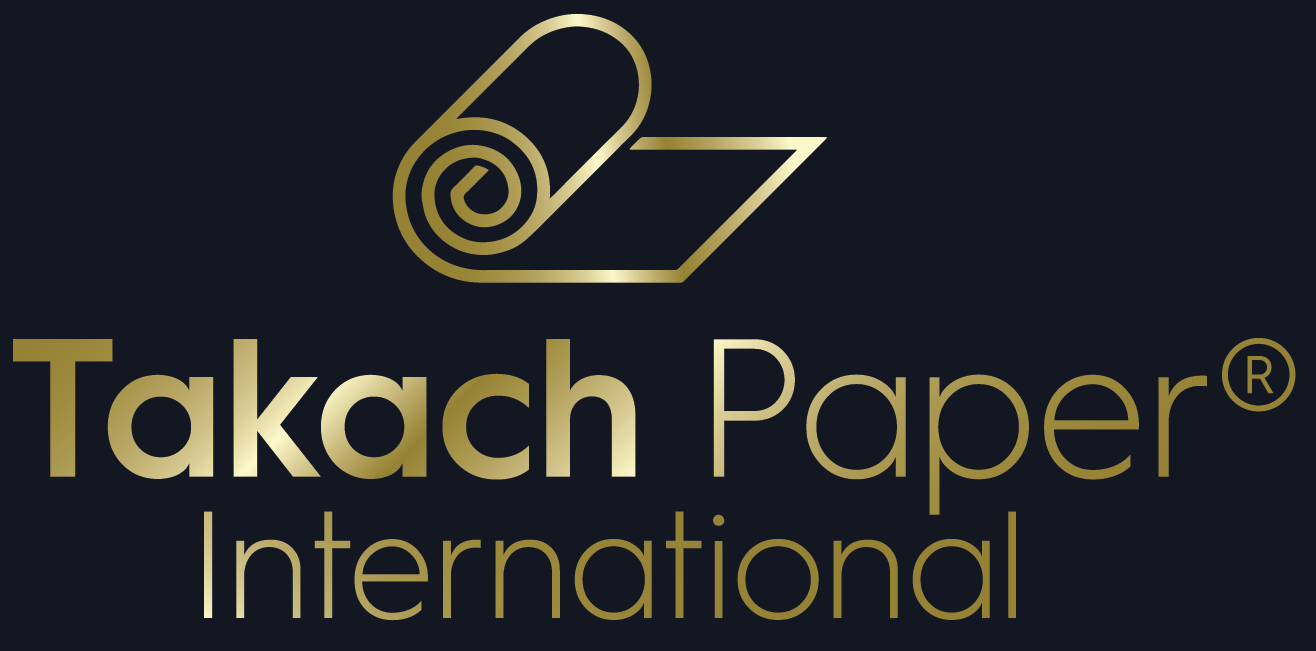11 Jul Printmaking in Mexico with Dena Falken and Takach Paper International

How did a Professional with a law degree become interested in Printmaking Paper? Well, its a unique form of Art, and visiting Mexico and working here as often as I do with Legal-Ease International, it has become a passion of mine. As I love ” language”, Printmaking is a visual language that expresses politics, religion, beauty and history.
After visiting the The Museo Nacional de la Estampa (MUNAE), the national printmaking and graphic arts museum. in Mexico, one can only become even more interested in the Art of Printmaking.
Id like to share a bit… after all, Art, gives us a break and a gift for the Soul.
Mexico has the oldest printmaking tradition in Latin America.
Prints are understood as a visual art whose uniqueness lies in its reproducible character.
The first presses were established in Mexico in the around the 16th century mainly to print devotional images for various religious organizations.
Since the late 19th century, artists in Mexico have used printmaking as a tool for disseminating news, sharing political views and celebrating Mexico’s national culture. Throughout the 20th century, Mexican printmakers synthesized text and images in prints that documented the events of the Mexican Revolution, promoted leftist politics (including anti-imperialism) and, during World War II, warned Mexico’s citizens of the dangers of fascism.
In other prints, artists honored Mexico’s cultural traditions, from Day of the Dead to folk dances, often within the framework of the country’s post-revolutionary national identity. Inexpensive to make, reproduce and distribute, prints in Mexico have been a popular means for trying to shape public opinion.
Because of their ephemeral nature, few of these early impressions survived. With the introduction of lithography in Mexico in the nineteenth century, printmaking and publishing greatly expanded, and artists became recognized for the character of their work.
José Guadalupe Posada (1851–1913) is often regarded as the father of Mexican printmaking. His best-known prints are of skeletons (calaveras) published on brightly colored paper as broadsides that address topical issues and current events, love and romance, stories, popular songs, and other themes . A number of Posada’s prints relate to the Day of the Dead festivities. During this celebration, held every year on November 1–2, families make altars and leave offerings of food for the souls of the departed. Posada’s prints became something of a benchmark for artists who appreciated their immediacy. They were also easy and cheap to print, and could reach a wide audience.
Manuel Manilla (ca. 1830–ca. 1895)—a close contemporary of Posada—addressed very similar subjects, and works by the two artists are sometimes hard to distinguish from one another. Posada and Manilla demonstrate how effective prints were for creating a visual language that everyone could understand and enjoy. In the early twentieth century, their example had a profound impact on artists who, in response to the turbulent political climate and social unrest, were similarly eager to reach broad audiences.
The best-known artists in Mexico from the early decades of the twentieth century are Diego Rivera, José Clemente Orozco (1883–1949), and David Alfaro Siqueiros (1896–1974)—“Los tres grandes” (The Three Greats). They were all committed to politics but expressed their views through their art in very different ways. Of the three, Rivera—who returned to Mexico from Europe at the invitation of the government in 1921 to work on a mural project—rose to greatest prominence.
Rivera’s 1932 lithograph Emiliano Zapata and His Horse based on a detail from one of his murals at the Palace of Cortés Cuernavaca to the south of Mexico City, has become an iconic twentieth-century print. Zapata was a landowner-turned-revolutionary who formed and led the Liberation Army of the South. He embodied the aims of agrarian struggle that aspired to improve conditions for those who worked on the land. Zapata was assassinated in April 1919. Rivera’s print conflates different moments of oppression with optimistic emancipation.
The National Printmaking museum in Mexico is fascinating, and truly worth a visit. Printmaking is such a unique Art form, its very special to see these in person.
For your printmaking Paper needs, visit www.takachpaper.com



Sorry, the comment form is closed at this time.